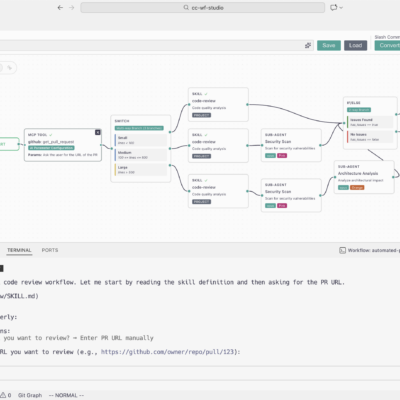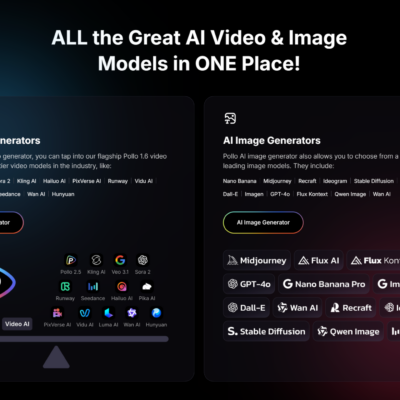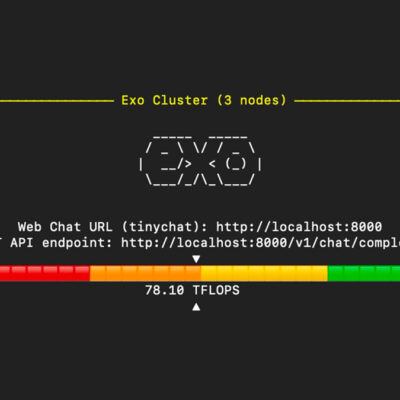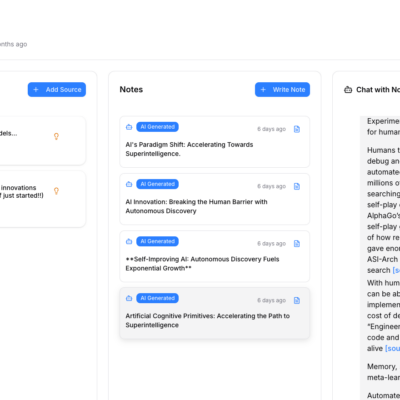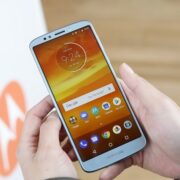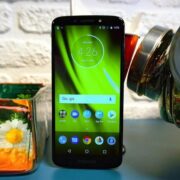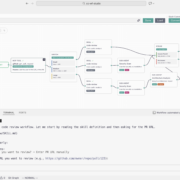In today’s fast-paced digital marketing landscape, capturing audience attention with compelling visuals is more critical than ever. Traditional methods of creating stunning, customized ad imagery can be time-consuming and costly. But what if you could transform any product image into a captivating, ad-ready scene with minimal effort, leveraging the power of artificial intelligence?
As someone deeply involved in leveraging AI for marketing, I’ve found a remarkable solution that combines the robust automation capabilities of N8N with cutting-edge AI models accessed through OpenRouter. This powerful combination allows you to craft unique, highly detailed ad visuals, placing your product in imaginative and relevant contexts – think a soda can being held by a friendly yeti on a snowboard, or a new gadget appearing in an astronaut’s hand on Mars. The level of detail and realism that modern AI achieves is truly impressive, ensuring your ads stand out.
This guide will walk you through setting up a free, automated workflow in N8N that leverages OpenAI for analysis and a Google Gemini model for image generation to create these incredible ad images. We’ll cover everything from getting started with the template to understanding how to customize and scale your ad creative production.
The Challenge of Modern Ad Creatives
Creating high-converting advertisements isn’t just about a catchy slogan; it’s heavily reliant on engaging visuals. Marketers constantly battle for eyeballs, meaning generic stock photos often fall flat. Bespoke photography or CGI, while effective, can quickly drain budgets and extend production timelines. This creates a significant bottleneck for businesses looking to iterate quickly and test diverse creative concepts.
The ideal solution offers both speed and customization without sacrificing quality. This is precisely where AI-driven image generation, integrated into an efficient workflow platform like N8N, comes into its own. It empowers marketers and content creators to produce unique, attention-grabbing visuals at an unprecedented pace.
Understanding the Power of N8N, OpenRouter, and Multiple AI Models
Before diving into the practical steps, it’s beneficial to understand the core tools driving this innovative workflow.
N8N: Your Automation Command Center
N8N (pronounced “node-en”) is an open-source workflow automation platform that allows you to connect various applications, APIs, and services to automate tasks. Think of it as a digital bridge that enables different software tools to communicate and execute sequences of actions automatically. Its visual interface, built around “nodes,” makes it accessible even for those without extensive coding knowledge.
In the context of ad creative generation, N8N acts as the orchestrator. It handles the input (your product image and desired scene description), manages the interactions with AI models, and delivers the final output. This automation is key to transforming a manual, multi-step process into a streamlined, one-click solution.
The AI Duo: OpenAI for Analysis, Google Gemini for Creation
This workflow smartly uses a multi-model approach through OpenRouter, a service that acts as a unified gateway to various AI models. Instead of relying on a single AI, it leverages the specific strengths of different models for different tasks.
- OpenAI’s GPT-4o for Analysis: The workflow first uses OpenAI’s
chatgpt-4o-latestmodel to “look at” and analyze your product image. It extracts key details like brand names, color schemes, and font styles, creating a structured description. This ensures the final generation model understands the essential elements of your product. - Google’s Gemini 2.5 Flash for Generation: The core image creation is handled by Google’s
gemini-2.5-flash-image-previewmodel. This advanced AI takes your text prompt and the initial product image and seamlessly integrates your product into a completely new, imaginative scene. It excels at preserving the fine details of your product, making the final image look cohesive and realistic.
When N8N orchestrates these models through OpenRouter, you get an automated powerhouse capable of transforming simple product shots into sophisticated, ad-ready images.
Setting Up Your AI Ad Workflow: The Free Template
One of the best aspects of this approach is the availability of a free, pre-built N8N workflow template. This means you won’t have to build the complex logic from scratch; you can simply import it and get started.
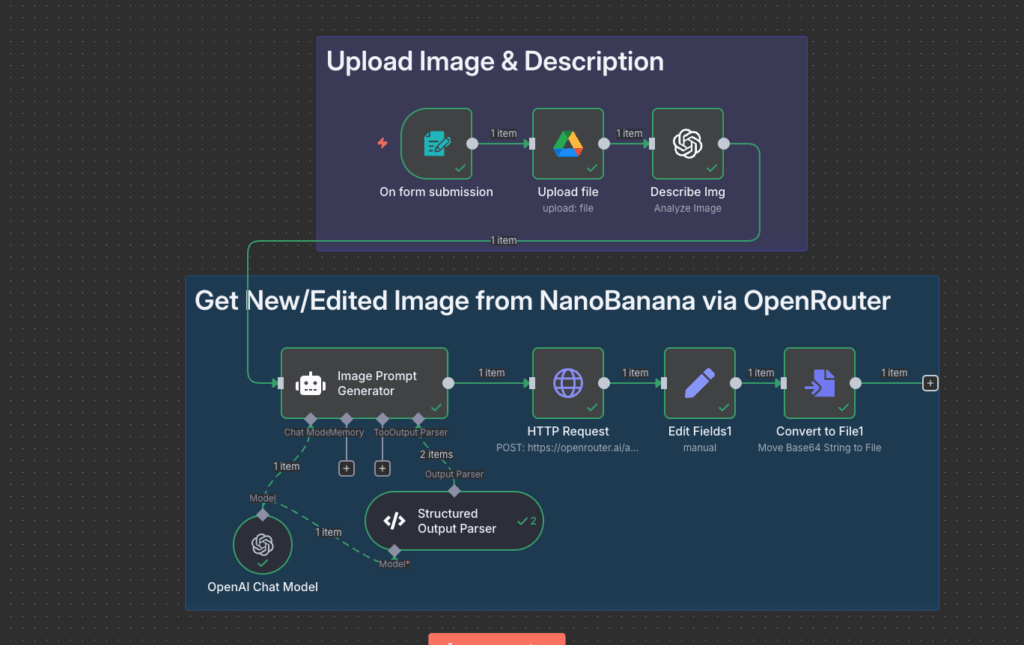
Step 1: Create Your N8N Account
If you’re new to N8N, your first step is to set up a free account. N8N offers a cloud-based service, making it easy to get started without any local installation. Simply visit their website and follow the registration process.
Step 2: Accessing the Workflow Blueprint
The workflow blueprint is provided as a JSON file. This file contains all the nodes and connections that define our ad-ready image generation process.
Step 3: Downloading the JSON Workflow File
Download the JSON file to your computer; it’s the key to importing the pre-built process into your N8N account.
Step 4: Importing the Workflow into N8N
With the JSON file downloaded, head back to your N8N dashboard.
- On the top right of your N8N interface, you’ll usually see three dots or an “Options” menu. Click on it.
- Select “Import from File.”
- Browse your computer and upload the JSON file you just downloaded.
N8N will then automatically populate your canvas with the complete workflow, including all the necessary nodes and their configurations. You won’t need to manually connect anything; it’s all ready to go.
Crafting Your AI-Generated Ad Image: A Practical Demo
Now that your workflow is set up, let’s walk through how to use it. The process is designed to be intuitive, allowing you to quickly iterate on your creative ideas.
Step 1: Executing the Workflow
On your N8N canvas, click the “Execute Workflow” button. This action will trigger the starting node, a user form titled “UGC Add Generator” where you’ll provide your inputs.
Step 2: Describing Your Vision
The form will present a field for “Image description”. This is where you’ll type a detailed textual description of the scene you want to generate. For instance:
"A friendly yeti on a snowboard holds a can of soda on a snowy mountain peak, with clear blue skies."Step 3: Uploading Your Product Image
Next, you’ll use the “Image” field to upload your product image. This should be a clean shot of the item you want to feature. After providing both the description and the image, click “Submit.”
Step 4: The AI in Action: Behind the Scenes
Once you submit the form, the N8N workflow springs into action.
- File Upload: The uploaded image is first sent to a folder in Google Drive to generate an accessible URL.
- Image Description Analysis: The “Describe Img” node sends the image URL to OpenAI’s
chatgpt-4o-latestmodel, which analyzes its visual characteristics and returns a structured YAML description. - Prompt Generation & Refinement: The “Image Prompt Generator” node combines your textual scene description with the AI’s YAML analysis of your product to create a comprehensive final prompt.
- Image Generation via OpenRouter: An “HTTP Request” node sends the final prompt and the original image URL to OpenRouter, specifically requesting the
google/gemini-2.5-flash-image-previewmodel to generate the new image. - Workflow Completion: The final nodes (“Edit Fields1” and “Convert to File1”) process the response from the API, converting it from a data string into a downloadable file.
You’ll see a notification indicating that the workflow has “executed successfully.”
Step 5: Reviewing Your Output
To view your newly generated ad image, navigate to the final node in your N8N workflow (“Convert to File1”). Click on this node, and it will provide a preview and a download link for your image.
Upon opening the image, you’ll see the result: the yeti holding your specific soda can, with the branding and details accurately preserved and seamlessly integrated into the new environment.
Beyond Basic Images: Advanced Customization and Monetization Potential
This N8N workflow is a foundation for extensive creative exploration and potential monetization.
Prompt Engineering for Finer Control
The real magic happens when you start “prompt engineering” by refining your textual descriptions to achieve specific outcomes.
- Focus on the Product: Adjust your prompt to emphasize the product’s prominence: “A vibrant blue soda can prominently displayed in the hand of a friendly yeti…”
- Varying Environments: Experiment with different settings – a tropical beach, a bustling city street, or a futuristic spaceship.
- Character and Action: Change the characters and their actions to tell different stories.
- Artistic Styles: Influence the artistic style by including terms like “photorealistic,” “cinematic,” or “cartoon style.”
Scaling Ad Creative Production
This automated workflow is built to scale.
- Batch Processing: Modify the workflow to accept multiple product images or prompts to generate a series of creatives in one go.
- A/B Testing: Rapidly produce numerous variations of an ad (different backgrounds, characters, angles) to test which visuals resonate most with your audience.
Monetization Strategies
This capability opens up significant monetization opportunities:
- Offer Ad Creative Services: Many small and medium-sized enterprises (SMEs) struggle with producing compelling visuals. You can offer a service to generate ad-ready images for their products.
- Generate User-Generated Content (UGC) Style Video Ads: This process can be adapted to generate short video snippets, which are incredibly valuable for social media marketing.
- Build a Niche Agency: Focus on specific industries and specialize in providing unique AI-generated ad visuals that resonate with their target demographics.
Conclusion
The convergence of workflow automation through N8N and advanced AI image generation with models from Google and OpenAI represents a paradigm shift in ad creative development. No longer are marketers constrained by lengthy production cycles or generic visuals. With this free template and the power of AI, anyone can transform simple product images into captivating, ad-ready visuals that tell a story and drive results.
The ability to customize scenes, maintain intricate product details, and automate the entire process empowers you to iterate faster and elevate your advertising campaigns. I encourage you to download the N8N workflow, experiment with your own product images, and unlock the immense potential of AI-generated ad creatives.

